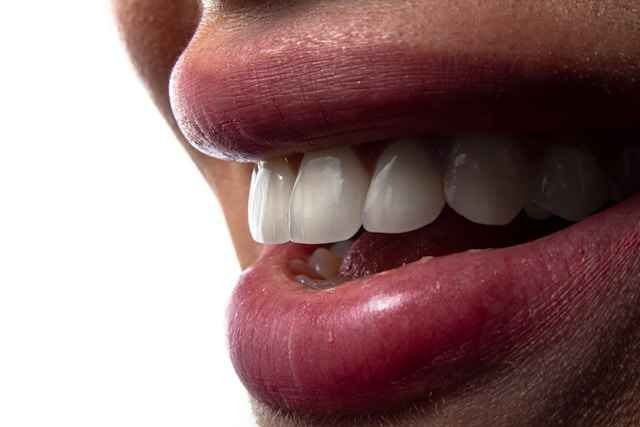When most people think about crowded teeth, the first thing that comes to mind is appearance. A smile that seems uneven or cramped can affect confidence and self-esteem. But crowded teeth are more than a cosmetic concern—they can have significant implications for oral health. Understanding the effects of dental crowding can help you take proactive steps to protect your smile and overall well-being.
What Are Crowded Teeth?
Crowded teeth occur when there isn’t enough space in the jaw to accommodate all the teeth properly. This misalignment can cause teeth to overlap, twist, or shift out of place. While genetics play a major role in tooth crowding, factors such as early loss of primary teeth, prolonged thumb-sucking, or habits like tongue thrusting can exacerbate the problem. Crowding can appear in childhood or become more noticeable in adulthood, often worsening over time if left unaddressed.
Increased Risk of Tooth Decay
One of the most significant health concerns with crowded teeth is an increased risk of tooth decay. Teeth that are tightly packed together can be difficult to clean effectively. Even with meticulous brushing and flossing, small crevices and overlaps can trap food particles and bacteria. Over time, this buildup can lead to plaque formation, which increases the likelihood of cavities and enamel erosion. Left untreated, these cavities may require fillings, crowns, or even more invasive dental procedures.
Gum Disease and Inflammation
Crowded teeth don’t just affect the enamel—they also have a direct impact on gum health. Misaligned teeth create pockets where bacteria can accumulate, leading to gum inflammation, also known as gingivitis. Symptoms can include redness, swelling, and bleeding while brushing or flossing. If gingivitis is not addressed, it can progress to periodontitis, a more severe form of gum disease that can damage the bone supporting the teeth. This may eventually lead to tooth loss, making early intervention critical.
Difficulty in Maintaining Oral Hygiene
Proper oral hygiene is already a challenge for many people, but crowded teeth make it even more difficult. Flossing between tightly packed teeth can be frustrating or even painful, which can discourage regular flossing. Brushing may not reach all surfaces, particularly in the back teeth or areas of overlap. Incomplete cleaning allows plaque and tartar to build up, further increasing the risk of cavities, gum disease, and bad breath. Dental professionals often emphasize that those with crowded teeth need extra attention to detail during their oral hygiene routine.
Wear and Tear on Teeth
Crowded teeth can also lead to uneven wear and tear. When teeth do not align correctly, some may bear more pressure during chewing than others. Over time, this can result in chipped, fractured, or worn-down teeth. Jaw pain and temporomandibular joint (TMJ) disorders are also more common in people with severe crowding, as misalignment affects the way the jaw moves and functions.
Speech and Digestion Issues
In some cases, crowded teeth can affect speech and chewing efficiency. Misaligned teeth may cause a lisp or difficulty pronouncing certain words. Chewing can become less effective, which impacts digestion since food is not broken down properly before swallowing. These functional issues may seem minor initially, but over time, they can affect nutrition and overall health.
Psychological and Social Impacts
Beyond physical health, crowded teeth can also affect mental and emotional well-being. People with noticeable crowding may feel self-conscious about their smile, which can affect social interactions and confidence. While this is often viewed as a cosmetic issue, the psychological impact can be profound, affecting personal and professional relationships.
Solutions and Preventive Measures
The good news is that crowded teeth can be effectively treated or managed. Orthodontic options such as traditional braces, bonding teeth braces, clear aligners, and, in some cases, tooth extractions can help create space and properly align your teeth. Addressing crowding early in children often prevents more severe misalignment later in life. Consistent dental check-ups, thorough oral hygiene, and professional cleanings are essential to minimize the oral health risks associated with crowded teeth.
In Conclusion
Crowded teeth are far more than an aesthetic concern. From increased risk of cavities and gum disease to uneven wear and potential jaw problems, the health implications are significant. Taking action early, maintaining diligent oral hygiene, and consulting a dental professional for appropriate treatment can help prevent these complications. A healthy, properly aligned smile not only boosts confidence but also ensures long-term oral and overall health.







